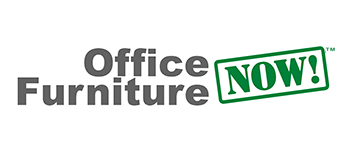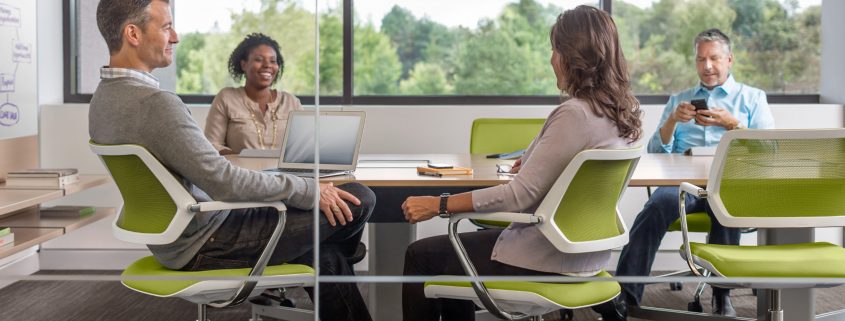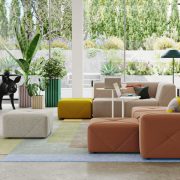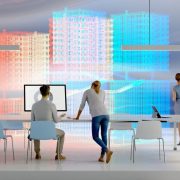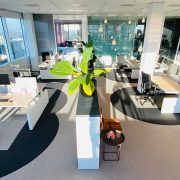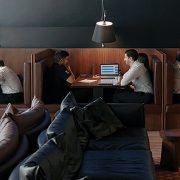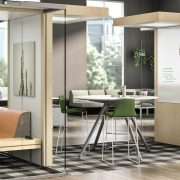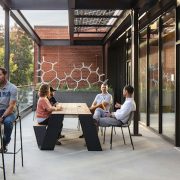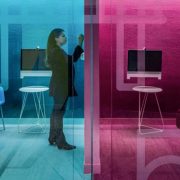Investing In Your Talent
Office design is all about opportunities. And one of the best things about opportunity is innovation. Investing in your talent by utilizing the natural agility of design has come into the workplace as one of the unsung heroes of office design. The very nature of corporate environments has been changing and becoming more fluid and conversational. Work is no longer confined to one space or one desk all day long. Collaboration has become the essential component to corporate success and office environments have evolved to encompass endless possibilities for people to connect.
With these trends in mind, and talent recruitment and retention still a high priority, how does your office design support more collaborative activities? Do you need more definition within the spaces that your team utilizes the most? How can you use these trends to build trust in the most effective way and drive up engagement levels?
Giving People Control Within Their Environment
A variety of spaces that satisfy the human need to accommodate specific work can reduce the stress of one space not meeting all needs. The goal is to resolve the day to day friction of boundaries, tight deadlines, and loaded schedules with open collaboration and teamwork. Giving your team the autonomy to choose where they work gives them more freedom to control their environment. That sense of control is key to balancing out the other stressors they little or no control over. Research has shown that 76% of employees are ready to embrace more agile ways of working. Maintaining their personal comfort still remains a priority:
- Eliminate barriers and create spaces in which all seniority levels work together
- Provide open community spaces for casual meetings and work away from a desk
- Let your team choose their working pattern and reconfigure your workspace to multitask
- Allow people to work wherever they want to sit from day to day or hour to hour
Creating Strong Organizational Culture
Workplace culture typically starts at the top and filters down throughout an organization. Business culture is centered on the values, beliefs, behavior, and the corporate vision and mission of your profession. Integrating wellbeing into strategic planning and decisions means that it becomes part of the DNA or culture of the organization. For your workplace culture to thrive and survive:
- Understand what your current office culture is, why it happened and where change is needed
- Develop a vision and mission statement for your company to clarify your direction
- Support your workplace culture with the appropriate space, policy and brand messaging
- Encourage interaction with informal conversational spaces that encourage movement
- Provide training, mentoring and on-going learning experiences across departments
Being Purposeful with Positive Change
Even positive changes take thoughtful planning. Wellbeing becomes a priority, particularly when you are blending generational workstyles. Creating a people-centered design approach that uses an easily recognizable workflow pattern for the overall configuration of the workplace is the best course of action. Visual mapping of well-placed zones to identify departments and how different spaces should be used can provide great opportunities for color, collaboration, and impact:
- Integrate agile furnishings into your space plan that are intuitive to the end user
- Create a culture of inclusion for suggestions about any changes to the workplace configuration
- Remember: 7,300 employees surveyed believe that personalization of the workplace is critical
- Consider the 5G workforce and create spaces that can accommodate change and growth
Designing an agile office space that meets the evolving needs of your staff and your business is a process. Baby Boomers are giving way to the flexible workstyle of Generation X workers and merging into the desire for social and group workspaces of Generation Y. Successful organizations are realizing that the definition of work is shifting and they must include spaces to refresh, be inspired, socialize, move around, and collaborate. How your workspace is configured will have a large impact on attracting and retaining future Generation Z workers.
Agile workspaces that meet the needs of a multi-tasking workforce will provide effective long term strategies for your team to create their own niche, evolve naturally and feel comfortable with where they work. Choosing to work in a way that is optimal for any given task, at any time during the day is an important investment that will allow your people to thrive.
The way we collaborate will continue to alter office furniture design and space planning. This requires some forward thinking to accommodate how work gets done. The day to day phone calls, focused tasks, meeting spaces, and downtime should have fluid inclusiveness within your space plan.
The future of office design is innovative, and like any business strategy, it is constantly evolving. Keeping your talent happy keeps you ready for whatever comes next.
 MEET TERESA ALVAREZ: Teresa is an office furniture specialist who can help your workspace become more intuitive with its design and furnishing options. With 12 years experience in the office interiors and office supply business, she can help you find creative solutions to invest an office design for the dynamic workforce of your future. Contact her via email at teresa@officefurniturenow.com or give her a call at 888-910-3769 x139.
MEET TERESA ALVAREZ: Teresa is an office furniture specialist who can help your workspace become more intuitive with its design and furnishing options. With 12 years experience in the office interiors and office supply business, she can help you find creative solutions to invest an office design for the dynamic workforce of your future. Contact her via email at teresa@officefurniturenow.com or give her a call at 888-910-3769 x139.
